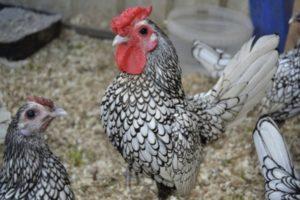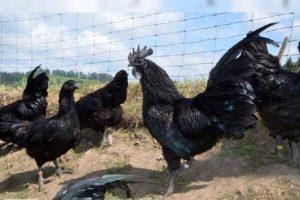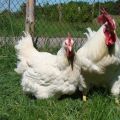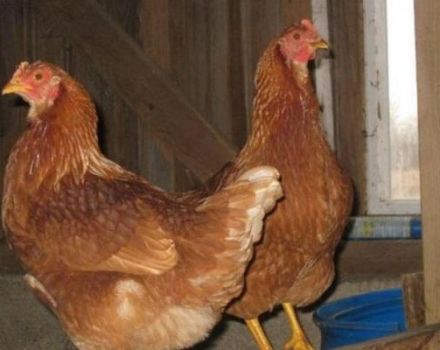Description and characteristics of Tetra breed chickens, maintenance rules
Chickens of the Tetra breed are very popular with farmers. These birds are distinguished by their dietary meat and produce many tasty and healthy eggs. To achieve success in raising birds, it is worth providing them with quality care. It should include the correct arrangement of the poultry house, the preparation of a balanced diet, the organization of a walking area. Disease prevention is also important.
Origin story
This is a relatively new breed that was obtained about 40 years ago. The homeland of Tetra chickens is Hungary. In the process of breeding, scientists crossed different breeds, resulting in a productive hybrid. It is characterized by high-quality meat and high egg production.
Moreover, broiler crosses have 2 directions - Tetra NV and Tetra SL. Both varieties are considered four-line hybrids. At the same time, to obtain the Tetra SL breed, egg leghorns were used. As a result, they managed to convey excellent egg production. Chickens Tetra H were obtained using the same Leghorns and other lines. However, this information remained secret.
Description and characteristics of Tetra chickens
Tetra chickens have certain characteristics that distinguish them from other breeds.
Appearance and character
The following are considered the characteristic features of the breed:
- small head;
- light yellow beak;
- scarlet leaf-shaped comb;
- short neck;
- rectangular case;
- small tail;
- persistent paws;
- compact wings that fit securely to the body;
- round belly in females and flat in males;
- reddish brown feathers.
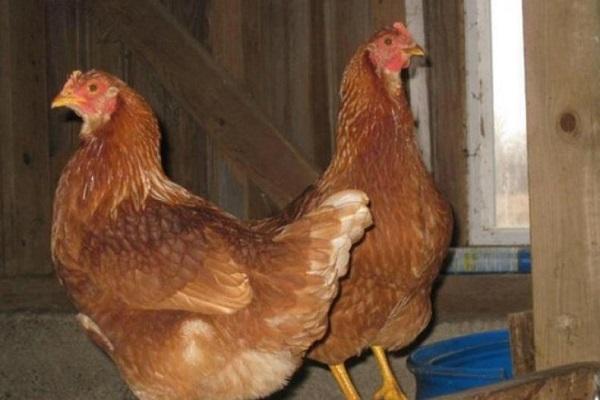
Tetra HB birds are characterized by a calm disposition. They do not show aggression and behave somewhat awkward. Chickens are highly active. Males usually do not come into conflict. An exception may be a war over a female or territory.
Birds are considered curious, they try to explore new territories. At the same time, do not be afraid that the birds will flee. They value their safety too much.
Chickens are not afraid of people and get along well with other non-aggressive birds.
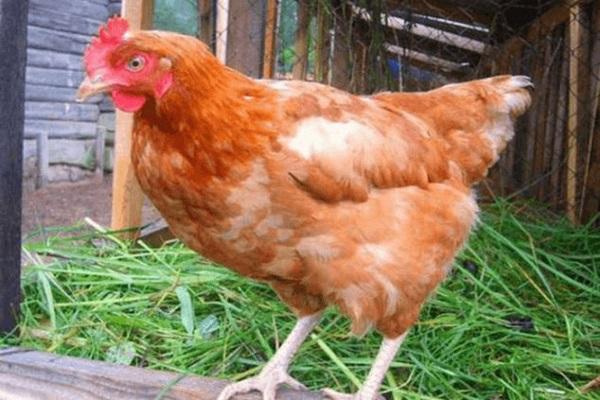
Productivity and weight gain
This breed is highly productive. At 17-19 weeks, the chicken produces 90% of the eggs. By week 21, all hens are hatching eggs. For 52 weeks they produce 309 eggs. In the first year, we manage to get 230 pieces.
In addition to high egg productivity, chickens produce tasty and tender meat.Juveniles quickly gain the required weight. Chickens, on average, weigh 2.5 kilograms, roosters - 3.
Sexual maturity and egg production
This variety of layers is characterized by early maturation. The first clutches are possible as early as 4 months. Moreover, in terms of physical parameters, birds mature much later. At the beginning of clutch, birds give small eggs - their weight does not exceed 46 grams. Gradually, the mass of the product increases, reaching 61 grams.
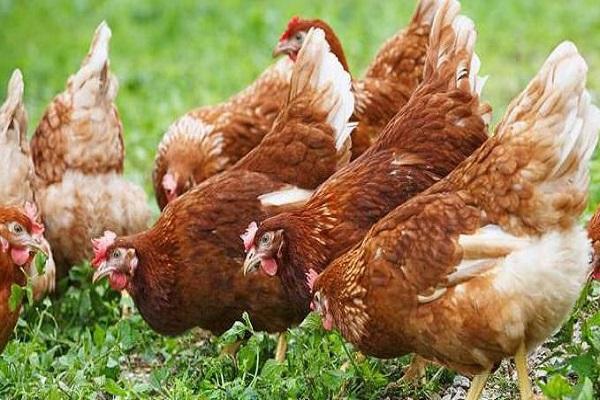
Chickens rarely lag behind in development. However, sometimes there are situations when birds begin to lay eggs only at six months. Such problems arise with an unbalanced diet or deficiency of vitamins and calcium.
It should be borne in mind that birds are capable of being obese. This negatively affects bird development, meat taste and performance.
Compared to other breeds, Tetra chickens are considered very productive. In a year, 1 laying hen is capable of producing more than 300 eggs. They are brown in color.

Main positive and negative aspects
This hybrid has many benefits as it combines the characteristics of both meat and egg breeds. Chickens begin to lay eggs quite early and at the same time are distinguished by strong immunity.
The safety of young animals up to 18 weeks is at the level of 97-98%. For adults, this figure is 95-97%. Large eggs with good taste are considered an undoubted advantage. Poultry meat is also characterized by excellent taste.
The disadvantages of the breed include the need for a large amount of feed. To grow a chicken up to 18 weeks, 6.8 kilograms of compound feed will be required. Annual figures are 43-46 kilograms. Moreover, the daily volume cannot be less than 115 grams.

Features of maintenance and care
In order for chickens to develop normally and maintain high productivity, it is worth providing them with proper care.
House requirements
There are no specific requirements for keeping birds. Birds adapt to any climatic conditions and are considered very unpretentious. It is recommended to keep the birds in a spacious room. In this case, the floor and walls should be insulated.
It is recommended to put a mat on the floor. It can include straw, sawdust, or peat. It is recommended to change these materials on time. It is worth disinfecting the entire chicken coop 2-3 times a year. For this, it is recommended to use special agents that help destroy viruses and bacteria.
Roosts must be present in the chicken coop. Their height should be 70-80 centimeters. The organization of nests for eggs is also important. Also, the house should have feeders and drinkers.
Be sure to put a container with sand and ash in which the birds can swim.
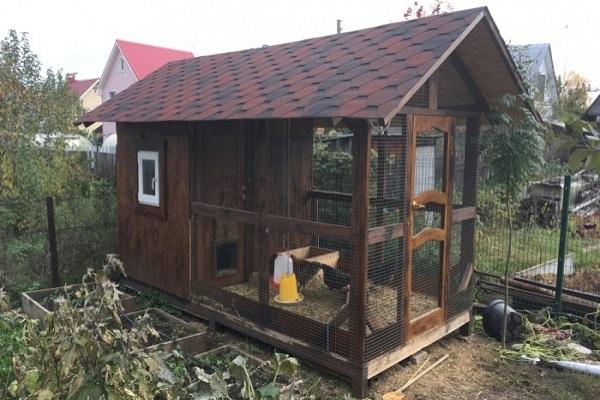
Ventilation and lighting
The chicken room must have adequate lighting. The duration of daylight hours should be at least 13 hours. This duration is required for full egg-laying. Layers do not lay eggs in the dark.
Full ventilation is also important. This will help prevent the development of viral infections. Fresh air has a beneficial effect on the number of eggs. Airing the coop is best done in the morning and evening. If there are a lot of chickens, it is worth installing a special ventilation system.
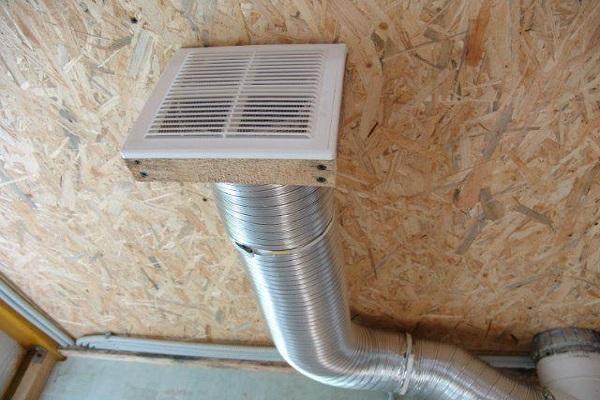
Conditions for walking
Birds need outdoor walks. Therefore, they need to organize a walking yard. It should be arranged near the chicken coop and fenced off with a net. There should be a special canopy on top. It helps protect birds from bright sun and rain, and also helps to avoid attacks by wild birds.
It is worth putting containers with ash on the street. Thanks to this, birds will be able to clean feathers from parasites. The walking yard is placed in an open area. Thanks to this, birds will be able to find food during the warm season.It is advisable to plant clover and knotweed for them in advance.
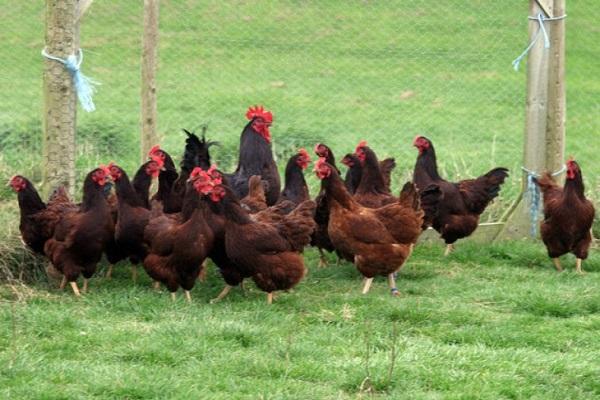
Molting and break of egg production
Chickens begin to molt in the fall - during the onset of cold weather. At the same time, egg production remains stable. During this period, it is recommended to increase the amount of vitamins and minerals in the diet of birds. They have a special need for calcium, which is required for the formation of feathers.
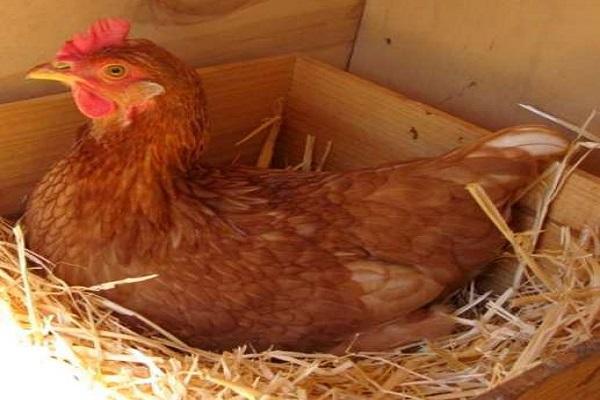
Feeding chickens
Birds need a special diet. It should be borne in mind that Tetra chickens tend to overeat. This provokes the appearance of excess weight and disturbances in the functioning of the digestive organs. Therefore, it is so important to observe a special diet.
Since birds belong to the meat-and-meat direction, calcium should be included in their diet. Adequate intake of protein foods is also important. You can make bird feed yourself. It is important that it is nutritious and contains 20% protein.
1 chicken should have a maximum of 120 grams of compound feed per day. Also, birds need enough fresh grass. In winter, grass hay is used instead of greenery.
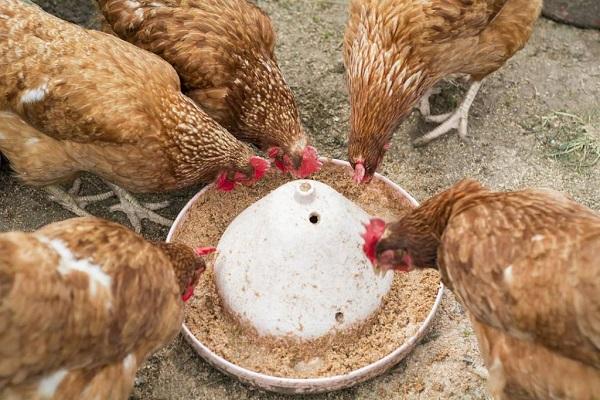
Breeding the breed
Usually chickens of this breed mature at 5 months. At the same time, they begin to rush 2-4 weeks earlier. It is impossible to breed birds of this breed on your own. They are an interbreed hybrid that can be obtained under special conditions.
Therefore, to breed birds, you will have to buy hatching eggs from a supplier who is engaged in breeding chickens. It is also permissible to purchase chickens from a trusted breeder.
Chicks of this breed are characterized by a high survival rate. When following simple care recommendations, 97-98% of birds will be saved.
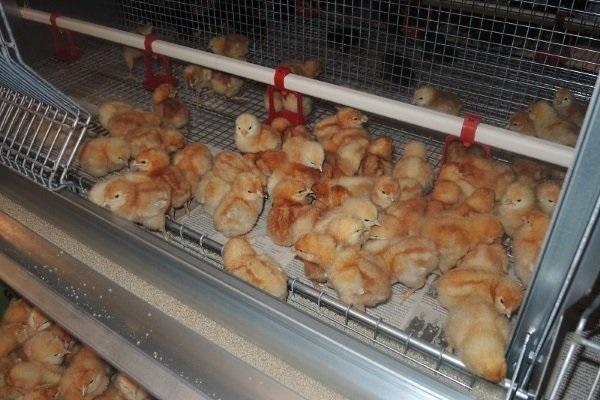
Incubation instinct
This breed is a hybrid because layers have no maternal instinct. Birds should not be expected to patiently incubate and care for their offspring. An incubator will help to solve this problem. It is also perfectly acceptable to simply purchase chicks - they are considered relatively inexpensive.
Chickens
This breed is characterized by excellent survival rate of young animals. This is considered an indisputable advantage, since the maximum number of losses occurs precisely among the chicks.
Chickens of this breed are characterized by rapid development. By 4 months, they weigh 1.5-1.8 kilograms. During this period, it is worth providing the birds with the correct diet. This will help avoid unnecessary losses.
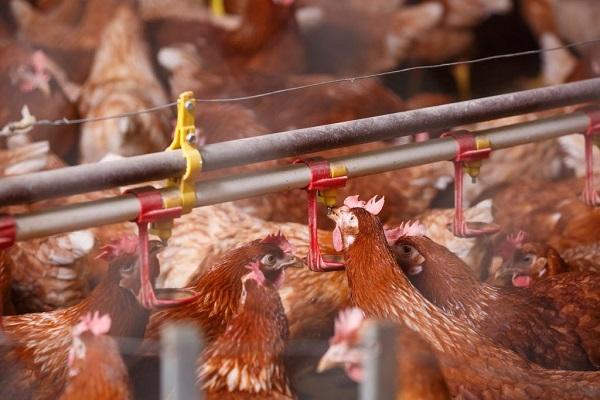
Diseases of these chickens
Strong immunity is considered a characteristic feature of birds. Thanks to this, they practically do not get sick. To avoid problems, proper care of the birds is recommended. Sometimes birds suffer from parasites. To avoid such problems, they should be systematically treated, periodically given anthelmintic drugs and regularly inspected the birds.
If the hen becomes lethargic, loses its appetite and is very thirsty, it is recommended to immediately move it out of the flock and contact a veterinarian.
Tetra chickens are highly productive and are considered very unpretentious in care. In order to succeed in growing them, it is recommended to consider many features. First of all, it is worthwhile to properly organize the poultry house and walking space. A complete and balanced diet, as well as disease prevention, is of no small importance.
